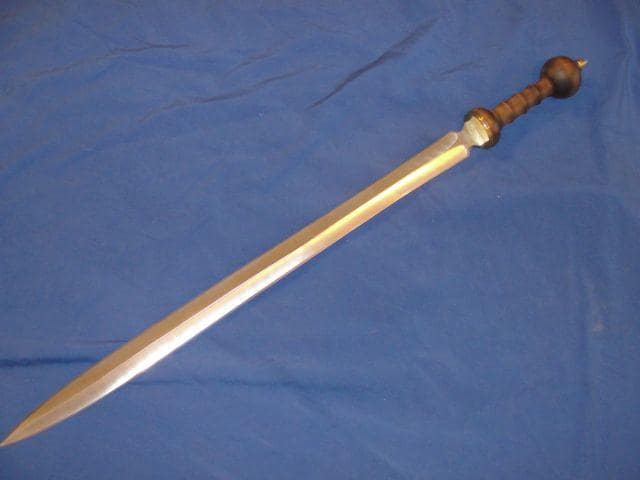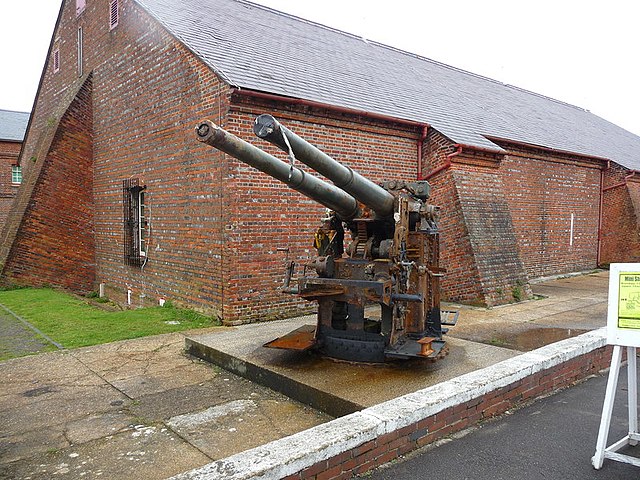One of the most common inquiries from starting students when it comes to fighting styles or self-defense weapons is, “Which one is the very best?” And also, while this is a good concern, it is additionally limited in scope as well as vision. This post goes over the principle of the “best” tool from an objective viewpoint that fixates on what’s taking place, as opposed to which one you like the best.
Similar to any other relationship, the one that we have with our fighting styles as well as self-defense tools …
… is “tainted.”.
Everyone seems to have a viewpoint about why this weapon or that tool is best, as well as why. But, if you can step back as well as recognize where these ideas come from, you would certainly see very quickly that they truly do not address the question, nor do they make you even more ready to be able to safeguard yourself in a real-world assault.
If you can see that, when the ordinary human being enters any relationship, he or she often tends to greatly prefer the “positive” facets of the “other.” No matter if we’re discussing a new good friend, fan, organization companion, vehicle, or in this situation … a self-defense weapon.
However, on the other extreme, when a person desires out of that partnership or does not wish to get involved in it in the first place, she or he often tends to direct their concentrate on the “negative.” They can just see the downsides of the partnership since that’s what they’re looking for.
Nonetheless, to the Enlightened Warrior – to the self-defense professional – there is no “ideal.” Every little thing is equivalent. And also, it’s equal because it’s not the tool that is best when compared to every other weapon, yet suitable for the scenario handy. To read more articles like this, click here for info.

The reality is that, while every weapon uses advantages that will enhance your performance and also the results that you can get in a road fight or various other scenarios where you are called to defend on your own …
… that same weapon also has many downsides that, otherwise identified, can be manipulated as well as made use of by your challenger to defeat you!
Below’s an example from a real question that was presented to me among my pupils. Undoubtedly, this concern is about 2 weapons that are from different periods, yet it shows the mindset that I’m talking about.
“Sensei, I was questioning which tool is best. I have training in both the kubotan (yawara), and also the kusarigama (‘ chain as well as sickle tool’).”.
And, while the lesson coincides despite the weapons that we are contrasting, my response to his inquiry was simply this …
“I don’t believe that any type of one weapon is “better” than any other. Each gives you specific advantages in a battle, however, it also has certain disadvantages. For example, the Kubotan is better at close range than the kusarigama – and also it is legal in a lot of places.




